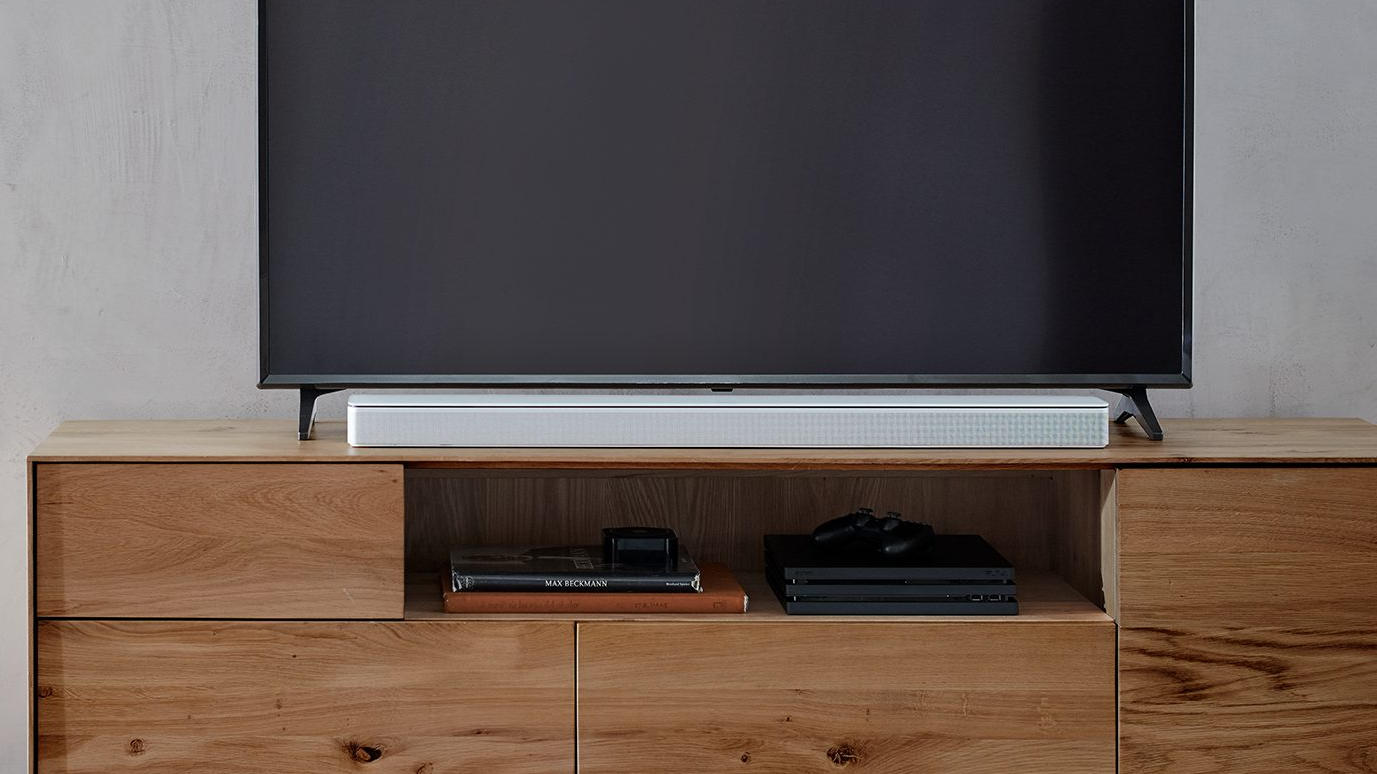

Above this frequency, however, both bass adjustment settings (max and min) are actually lower than the default. In the max bass setting the difference between it and default is only up a dB or two below 100Hz. Bass adjustment on this thing is also counterintuitive.Dialogue mode makes a drastic effect but surprisingly it really only seems to just increase the level almost overall rather than enhancing a specific region (for example, a boost from 200-800Hz or 2-4kHz for detail).So, there is no doubt at all that this speaker incorporates some sort of loudness contour or something of the sort. It registers off the chart, literally, from 76dB up to 86dB+. There is a significant level of limiting here.
#Bose tv soundbar drivers#
There is a lot of cancellation in the 1300Hz region and I can’t imagine this is due to the tweeter (one would expect a tweeter of this size to be crossed much higher especially since the side drivers are assumedly truly full-range or at least extend to the HF). I’d have expected this to behave much more like a true point-source given the close center-to-center spacing of the full-range drivers and the tweeter.
#Bose tv soundbar Bluetooth#
It will also turn on the Bose TV Speaker if the speaker is off and put it into the Bluetooth source. This will automatically switch to the Bluetooth source. You can simply “force connect” your previously paired device to the Bose TV Speaker by going to your device’s Bluetooth settings menu and selecting the Bose TV Speaker.

You can go to your Bluetooth settings and “force connect” from previously paired devices. Once connected, you do not need the remote moving forwards. However, for music streaming, you need the included remote to place your Bose TV Speaker in Bluetooth® mode and connect your Bluetooth-enabled device for the first time. See Using another remote to control your Bose system in the Bose Support section for instructions. Also, the soundbar can be programmed to “learn” the volume and mute commands from your existing remote. If you connect the Bose TV Speaker to your TV using the supplied optical cable, you can use the included remote. Or you can program a third-party universal remote to control (please refer to your universal remote control for programming instructions and the appropriate Bose IR codes).

HDMI-CEC will allow the Bose TV Speaker to automatically turn on when you turn on your TV and your existing remote control will control the Bose TV Speaker volume. If your TV is HDMI-CEC enabled, you can connect the Bose TV Speaker to your TV using an HDMI cable (sold separately) and continue to use the remote control you are already familiar with to control your TV.


 0 kommentar(er)
0 kommentar(er)
